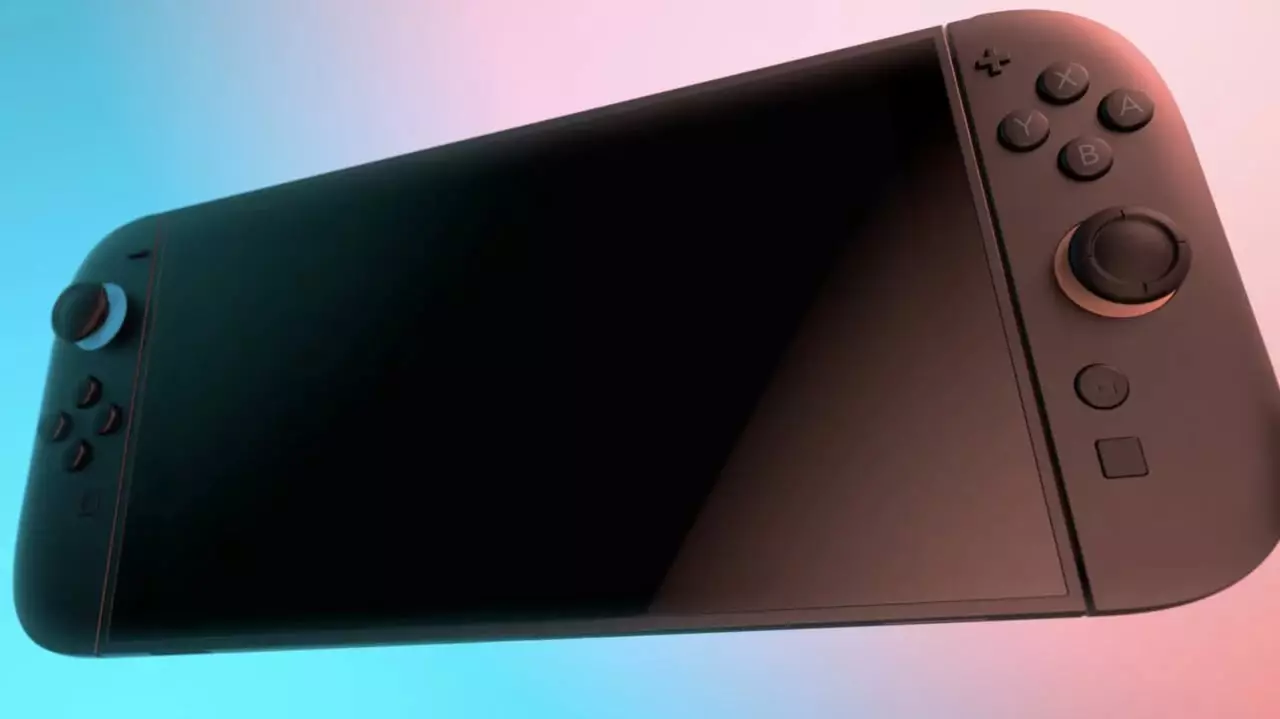As the gaming community buzzes in anticipation of Nintendo’s upcoming presentation on the Switch 2, it’s crucial to dissect the emerging reports surrounding its development kits. Digital Foundry’s John Linneman has highlighted a notable concern: the disparity in access to these kits among different development studios. While major players may have their hands on the new hardware, many medium to small developers find themselves left in the shadows. This selective distribution raises the question of whether Nintendo is trying to control the narrative around the Switch 2’s initial game library, ensuring that only the most capable studios showcase their work. This seems counterintuitive to the ethos of the gaming industry, which thrives on innovation that often comes from smaller developers.
Furthermore, the alarming commentary provided by Imran Khan on ResetEra shed light on how Nintendo has even withheld kits from prominent publishers like Embracer Group. The reasoning behind this caution — fear of chaos stemming from studios that might not handle the hardware responsibly — suggests a troubling lack of trust in the developer ecosystem. It’s disappointing to see what could be groundbreaking technology being hoarded due to fear rather than being put into the hands of creators who could ignite its potential through diverse and creative game designs.
Third-Party Support: A Double-Edged Sword?
Reports indicate that leading publishers like Ubisoft have already secured access to Nintendo’s newest hardware while many other third-party studios remain on the fringes, awaiting a rollout that may not come until mid-year. This lopsided access could potentially skew the market advantages that larger studios will have, allowing them to dominate early competition with games that could overshadow smaller entries. The delayed timeline for kits to reach developers in stages raises concerns about a fractured gaming landscape where access and opportunity are dictated by size rather than talent or innovation.
Moreover, as noted by Tom Henderson, the staggered release of development kits paints a picture of a platform that might struggle to cultivate a diverse library at launch. For Nintendo, an entity that has consistently valued family-friendly and varied gaming experiences, this might not align with their broader strategy of fostering inclusivity in game development. If smaller studios are deprived of the opportunity to contribute to the Switch 2’s library from the beginning, the nuance and variety that enrich player experiences could be compromised.
The 4K Upscaling Mystery
Another layer of intrigue surrounds the ongoing speculations about whether Nintendo’s Switch 2 will indeed support 4K output. Reports from GDC indicate that some development kits lack this feature altogether, challenging the notion that the Switch 2 is definitively a leap forward in tech capabilities for Nintendo. While upscaling can still deliver visually appealing results, the inconsistency among the development kits can significantly impact how third-party developers approach their projects. Without a clear understanding of the hardware’s capabilities, developers could face insurmountable challenges in fulfilling their creative ambitions.
Nintendo’s legacy hinges on not just hardware but also the unique gaming experiences it offers. If the Switch 2 fails to deliver on expectations, especially concerning graphical performance, one can only speculate on the repercussions. Established franchises will continue to thrive, but the opportunity for new and creative entities to flourish may collapse under the pressure of outdated perceptions or unfinished capabilities.
Future Implications for Nintendo’s Strategy
In light of these complex developments, we must consider what this all means for Nintendo’s overarching strategy. The balancing act between maintaining control over new hardware and fostering an inclusive creative landscape is delicate. At this juncture, it appears that apprehension may be stifling innovation, a risky pathway for a brand cultivated on the spirit of fun and creativity. As we await the official insights from the Switch 2 Direct broadcast, we can only hope that Nintendo re-evaluates its approach, recognizing that for every blockbuster, it’s often the unique, independent titles that steal the show and create lasting impressions on the gaming community.
With prospects of third-party support hanging by a thread and emphasis on an elite development cohort, the future of the Switch 2 may very well dictate the parameters of engagement between Nintendo and the vast pool of creative studios waiting to launch their dreams onto this promising new platform. Ultimately, it will be the depth of creativity borne out of collaboration that defines the success or downfall of this new hardware venture.


Leave a Reply